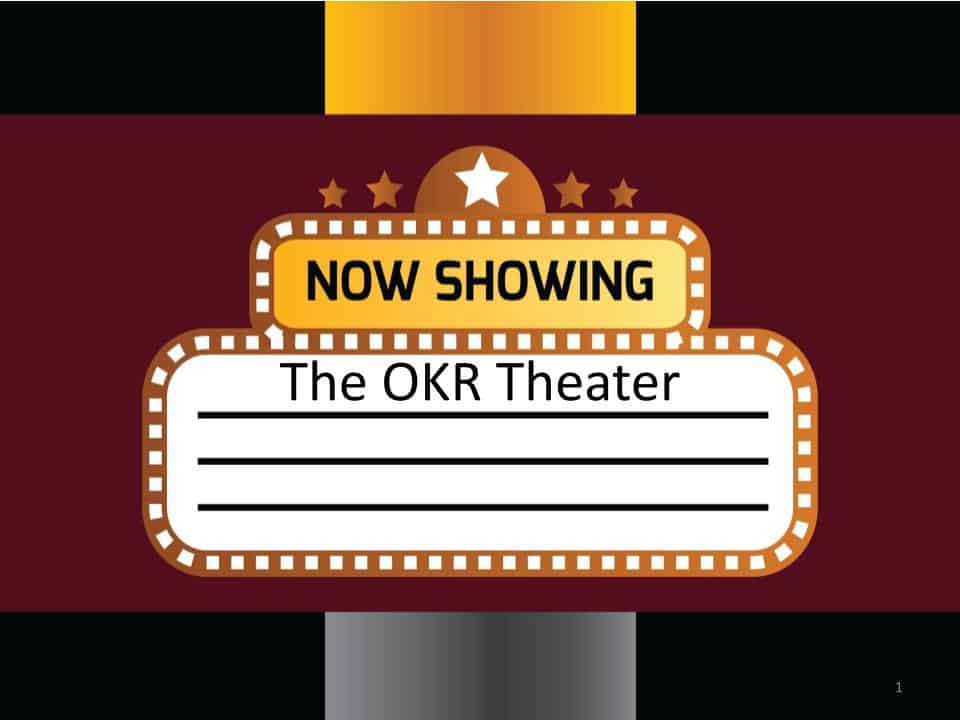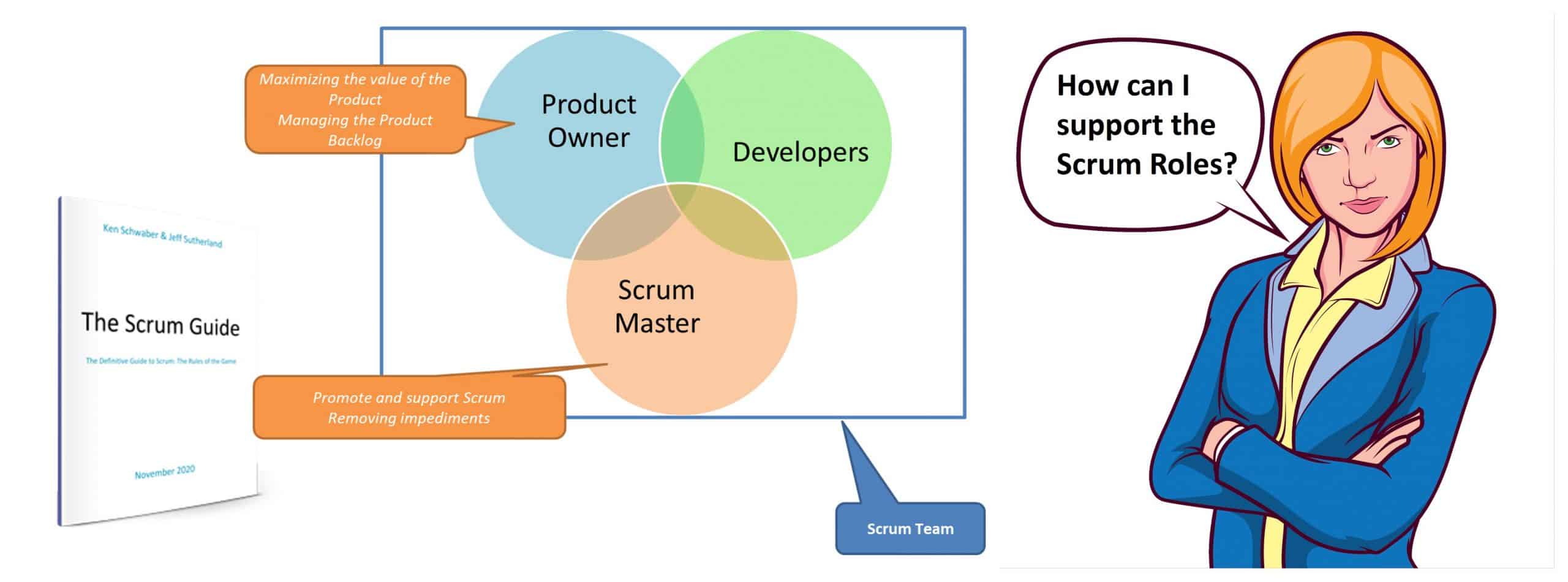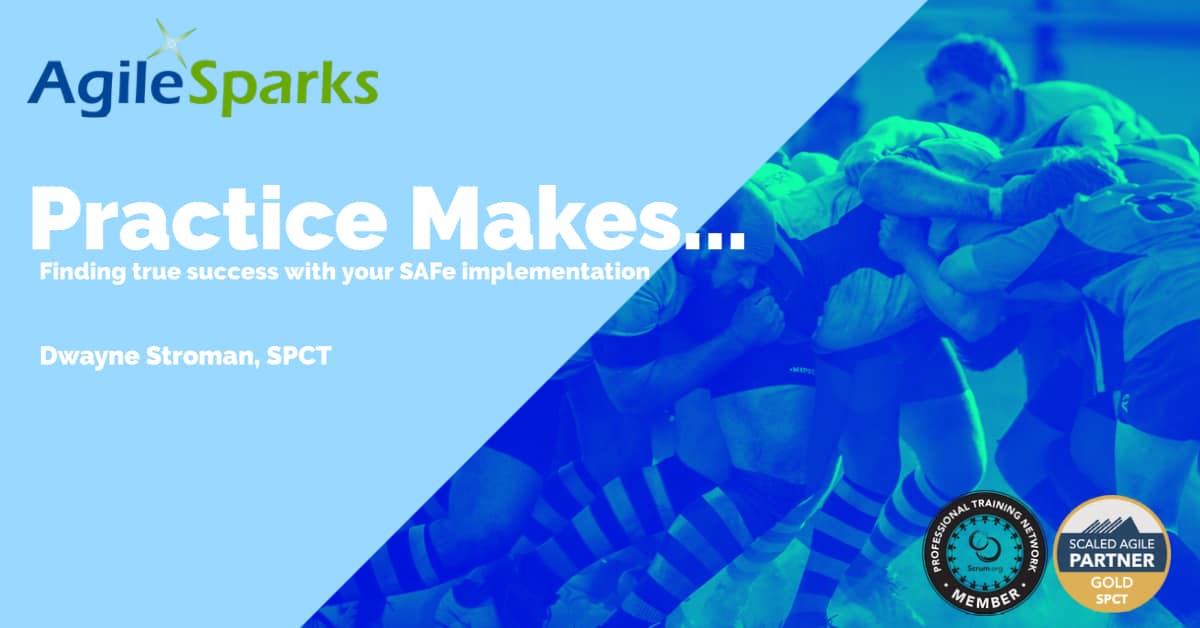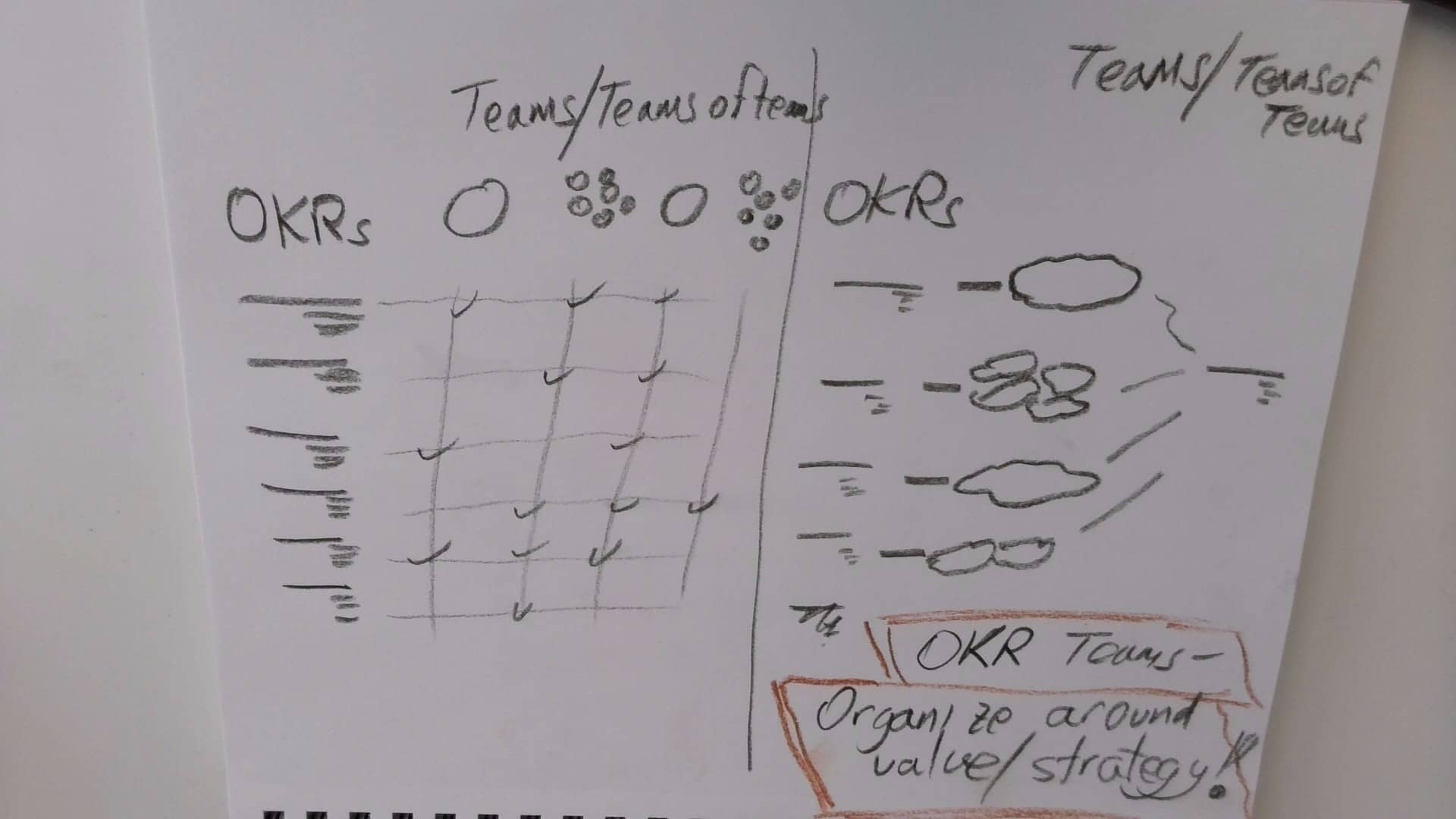
Fixing OKR Theater using Scrum
OKR Struggles I encounter many organizations that are trying to improve the alignment between strategy and execution with the OKRs framework (Objectives and Key
Home » Blog

OKR Struggles I encounter many organizations that are trying to improve the alignment between strategy and execution with the OKRs framework (Objectives and Key

We started the Scrum Guide for Leaders series with a discussion of what Scrum means for you as a Leader. Next, we discussed the conditions

How Leaders can create the conditions where Scrum can thrive As mentioned earlier, Scrum is founded on empiricism – transparency, inspection, and adaptation. Empiricism is

Scrum – The Leader’s Perspective Are you leading Scrum Teams? Are you a leader in an organization that’s leveraging Scrum? Hopefully, you’ve read the Scrum

Keynote Speakers Outcome based roadmaps Presented by Jeff Gothelf, co-author of Sense and Respond, Lean UX and Lean vs Agile vs Design Thinking https://youtu.be/llMSIbonw5s

Finding true success with your SAFe implementation
We all believe that practice makes perfect. However, if you practice the wrong things the only thing you are perfecting is the wrong approach.
A big part of my personal life revolves around motorcycles, specifically road racing and coaching. When I am working with new racers or track riders wanting to improve their skills the first thing I do is to ask them to complete this sentence “Practice makes…” Almost everyone says “Perfect!”, but usually the opposite is true. When racers go out on track and continue to repeat bad habits, such as not moving their eyes down a track or using poor body position, they simply cement in the wrong technique, which makes it more difficult to correct later. I always teach the riders to focus on learning the basics and then build on these good techniques until they become “permanent”. I want to thank Nick Ienatsch from the Yamaha Champions Riding School for helping me to see the importance of learning the right skills before starting to practice. Working with Nick and the crew at YCRS and ChampSchool taught me so much about the importance of getting the basics right.

In this webinar, Dwayne Stroman (SPCT) discusses using Lean and Agile techniques to manage budget creation, adjustments, and valuation allows an organization to pivot quickly without disruption as the business climate changes. But how do you change from a very traditional approach to one founded on Lean and Agile principles and practices? Join us to learn what LAB is, why it’s advantageous to your organization, and how to start down this journey.

Budgeting. Not many statements cause as much dread in business or IT leaders as “It’s time to review your budget for next year”. Budgets within

Sprint planning is an important event that has a significant impact on the team’s effectiveness and productivity during the sprint.
The most critical aspects of successful sprint planning are the level of the team’s commitment to the goal of the sprint and handling the sprint backlog.
To encourage the team’s commitment to the sprint, the Scrum Master (SM) should include all the members of the team in planning the sprint and, together with them, craft a challenging sprint goal and estimate the tasks involved. Another important mission of the SM is to prevent managers from putting pressure on team members to take on more than they can deliver and commit to

Today, I wanted to share two quick observations about OKRs. Too many teams working on each strategic OKR I encounter many organizations that use OKRs.